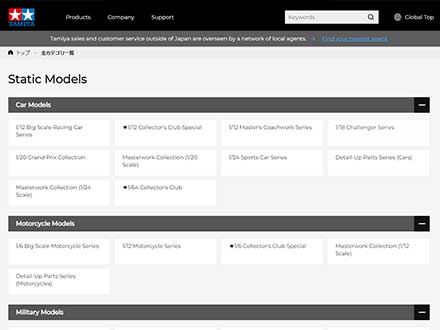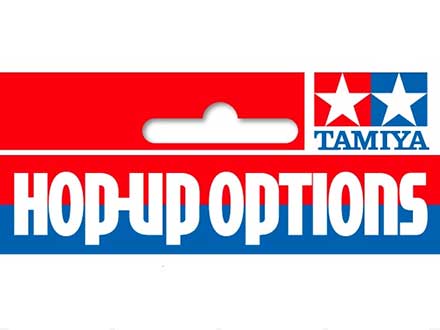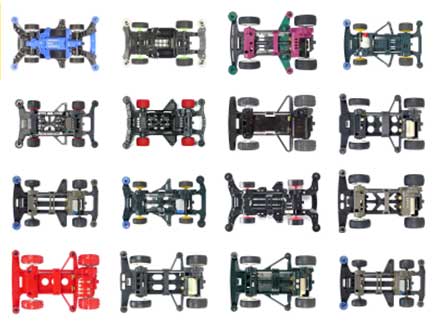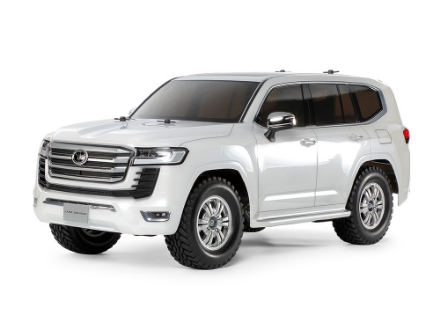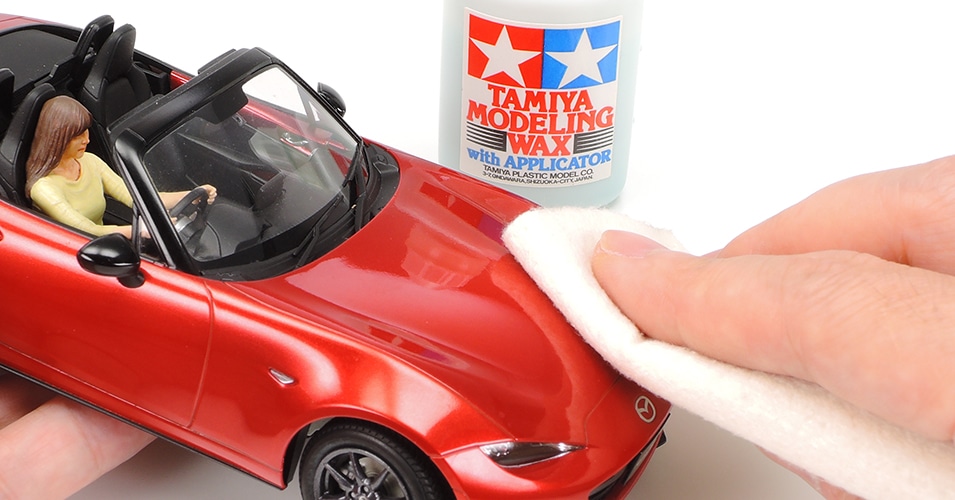Plastic Modeling - A Basic Guide
Tools and items used in assembly and painting
Tamiya plastic models can be a hobby for a lifetime, and you can get so much more out of the hobby with the right tools, paints and finishing materials. Whether you are a beginner looking for general information, or a more experienced modeler seeking something specific, this page is for you. Here, you will find nuggets of advice on modeling and introductions to Tamiya Craft Tools and Finishing Material products.
*Please contact your local Tamiya agent regarding product availability in your location.
Index
It can be a little overwhelming choosing which tools you need to get started with modeling – why not refer to our handy list of essentials in this section, and then add to your toolbox as your modeling needs and skills develop?
6. Cementing
Cementing is one of the most common tasks in modeling. Tamiya has you covered with basics such as bottled Tamiya Cement and Extra-Thin Cement. Other products in the Tamiya line include the safety-conscious Limonene Cement, CA Cement for parts in metal, Multipurpose Cement (Clear) for transparent or plated parts, and Craft Bond for paper, wood and foamed polystyrene.
7. Handling smaller parts
Tweezers are highly useful when working with small parts, and a good set gives you great control when undertaking very precise tasks. The comprehensive Tamiya line-up of tools has straight and angled, standard and reverse action tweezers to meet your modeling needs, and even tweezer action scissors.
9. Sanding
Abrasives are used to smooth off parts and even up joints in your model. Tamiya products are designed for use on plastic parts, and include metal files, abrasive paper and versatile sanding sponge sheets, ranging from coarser #100 grade to finer #2,000 and #3,000 grade products. Use them in concert to get the perfect finish.
10. Putty
Putty comes in handy when you have to fill in holes between parts, or repair dents and the like. Tamiya products are varied and developed for the different situations a modeler might wish to use them in. Putty is just one type of product in our extensive line of crafting and preparation materials.
11. Primers
Tamiya Surface Primer products cover up minute surface imperfections and help bring out the best in the topcoat: choose between gray, white, pink and other tones depending on the topcoat color, and between sprays for larger areas or brush applicators for finer sections. They can even be used on metal components and photo-etched parts.
12. Masking
Masking is covering up areas that you don’t want to be painted. Masking tape for modeling is thin and adheres closely to the model surface to stop paint getting underneath, yet leaves no adhesive on the model after use. The Tamiya line-up includes various widths between 1mm and 40mm, special tape for making curves, large sheets and more.
13. Tamiya Color paints
Painting is a key step in making an impressive plastic model, whether you are aiming for hyper-realism or a more creative finish. Our Tamiya Color product series has over 400 products including spray and bottle paints: spray paints are great for painting large areas and are available in Spray Paints (TS) and Spray Paints for Aircraft (AS) series; bottled Tamiya Color paints include Lacquer Paints (LP), Enamel Paints and water-based Acrylic Paints. The Tamiya Color line-up features metallic colors great for cars and bikes, as well as precisely reproduced tones for AFVs and aircraft, and takes in gloss, semi-gloss and matte colors.
*Please note that lacquer paints should not be applied as a topcoat on acrylic and enamel paints.
15. Airbrushing
When airbrushing we use compressed air to expel paint in a fine mist; it is a great option for covering larger surface areas, and even recreating detailed patterns that are tough to get right with a spray can or a brush. The Tamiya Airbrush System line of products includes airbrushes of various types and nozzle size, a range of different air compressors, and plenty of accessories.
*When airbrushing Tamiya Colors such as Lacquer Paints and Acrylic Paints, always use the appropriate thinner.
*Lacquer paints should not be applied as a topcoat on acrylic and enamel paints.
16. Paint washes
Washes of diluted paint are a vital way of adding realism in a whole host of situations: aircraft panel lines, engine details, rust on military vehicles, shading on figures and so on. Tamiya offers these washes as products called Accent Colors in black, gray, brown and more, with a handy brush on their cap.
17. Weathering
Simulating dirt, dust, soot, exhaust burn and so on is known as weathering, and is a great way to up the realism on your plastic model. Tamiya has a variety of weathering options to help you in this task, including Weathering Master and Weathering Stick products, as well as diorama texture paints and clays that you can use when making a diorama with your model.
18. Decals
Decals are vital for the recreation of logos, graphics and other details on your model. While it can take some time to get used to working with these delicate materials, Tamiya offers products to help you get to grips with your decals, including tweezers and other aids such as Mark Fit, which helps you get decals to conform with the target surface.

